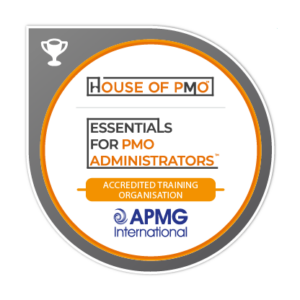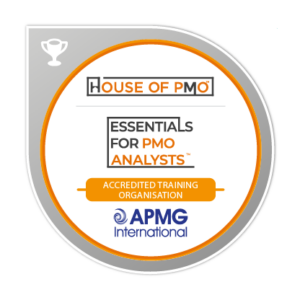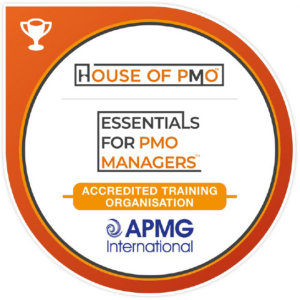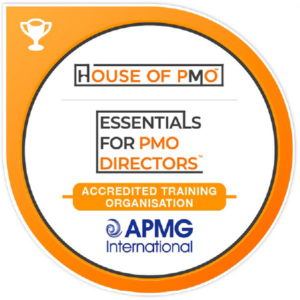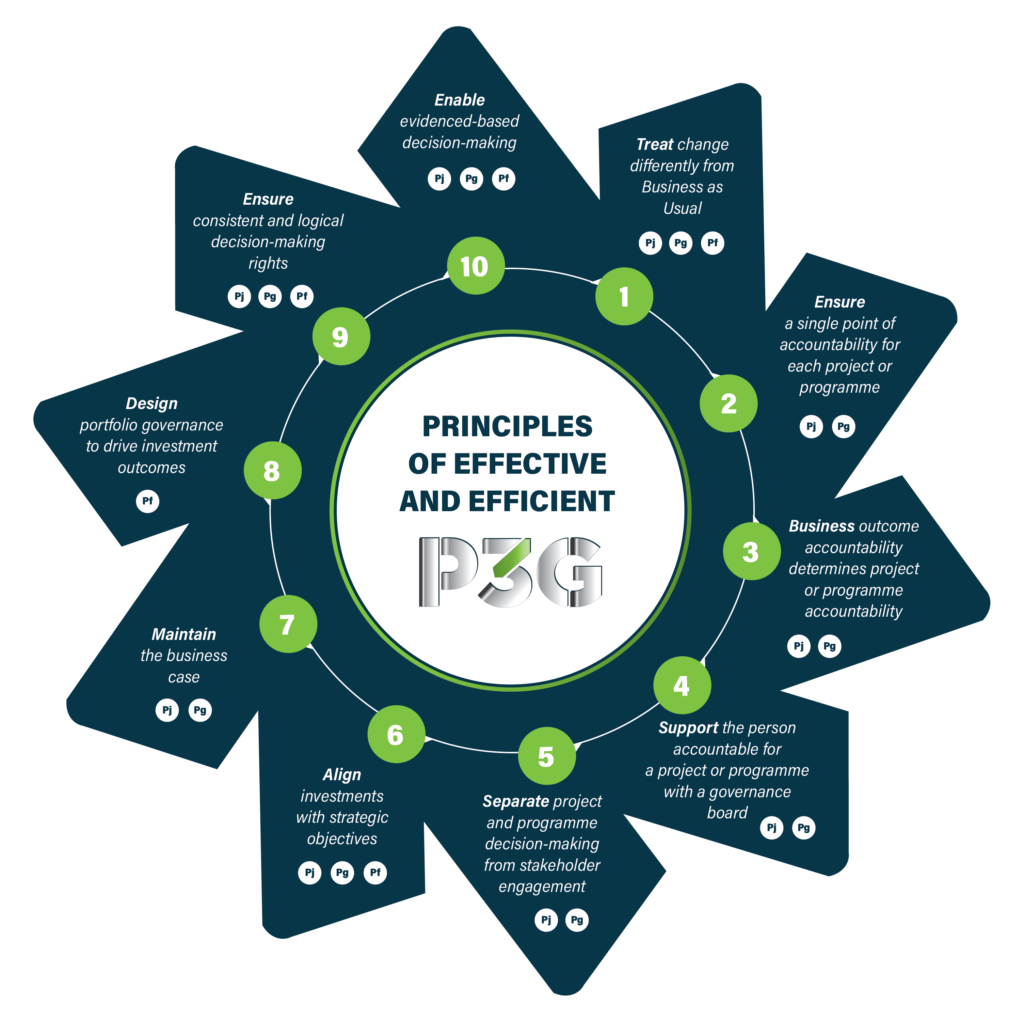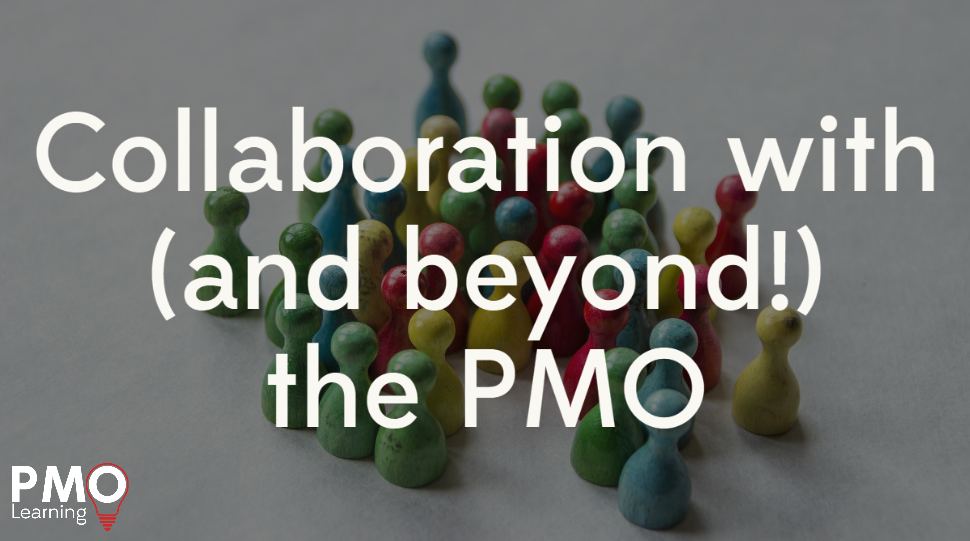
We’re continuing our new blog series where we take a more in-depth look at some of the 51 different key skills, and 16 key behaviours PMO Competency Framework – this week, we’re looking at a key skill – Collaboration.
The PMO Competency Framework (p.291) describes the skill of collaboration as,
The ability to work willingly and effectively with others to achieve a desired outcome.
What does collaboration look like within the PMO?
Collaboration is seen to be one of the key skills within the PMO, particularly when developing the processes and procedures that those from other parts of the organisation will have to follow. The PMO is often referred to as the ‘Project Police’ – we send out long emails, note specific changes needed for certain fonts and templates, change schedules etc.
For those expected to adapt to, and regularly use, these changed processes and procedures can be frustrating, especially when the PMO has to send back documents that have not been completed, or are not in line with the expected quality of the newly designed processes.
So, how can we avoid this frustration?

It is important that we don’t exclusively collaborate with those who also work within the PMO. We need to be listening and working closely with the key stakeholders and individuals that we are writing and developing new processes and procedures for.
In doing so, we allow them to understand and share the why. They can be included in the design and development, and provide input so that they have been able to buy into the processes and procedures, instead of them arriving in front of them with no collaboration.
Let’s take a look at some examples.
A great, simple example of collaborating with others is when looking to schedule monthly meetings, or decided when monthly reporting must be completed. These events and conversations often involve senior executives, members of the organisation from different teams etc.
An extremely simple way to collaborate is to not just take it upon ourselves as the PMO to decide, but to discuss with other key stakeholders what the schedule should look like.
Another example of good collaboration, particularly in regards to developing processes and procedures, can take place as projects are closing. At this point of the project lifecycle, Project Managers are not working full time on projects.
This is a great opportunity for project managers to engage with the PMO or Centre of Excellence – they can work directly with these teams in order to run projects designed specifically to develop new procedures, with PPMO specialists providing the relevant assurance work. In this way, procedures and processes that will be used directly by project managers are both delivered and designed by them!
Levels of Involvement
One of the key aspects when collaborating is being mindful of the boundaries that must be established and maintained at different levels – this allows those involved to understand what their contribution is going to be.
We may assume, that because we are involved in conversations or meetings, our contributions will be involved in final decisions. However, this is not always the case, and it is important to establish and understand our levels of involvement.
Let’s take a look at the model below.
By understanding our level of involvement we can understand our role in collaboration. The different levels are outlined below:
- Inform – We may be informed of planning activities, but cannot influence the planning process.
- Consult – We may be involved with discussions, but there is no commitment to deliver on our suggestions or requests.
- Advise – We may develop solutions, report problems and make recommendations which may be considered, however there is no commitment to deliver on these.
- Co-Produce – We, alongside other stakeholders, jointly agree on issues to be solved and the solutions to do so. There is a commitment to deliver.
- Co-Decide – We, alongside other stakeholders, act as decision makers within a set of pre-determined conditions. There is a commitment to deliver.
If we understand our level of involvement, we further understand what those we are collaborating with are commited to delivering based off our contributions. This can reduce friction and frustration between collaborators.
If you’re looking to learn more about the key skills, behaviours and competencies for those working in the PMO, take a look at the PMO Competency Framework!
Enjoying Our Blog?
Sign up and receive all our articles (we’ll send you an update once a week!) plus special offers and events:
This post contains affiliate ad links.







